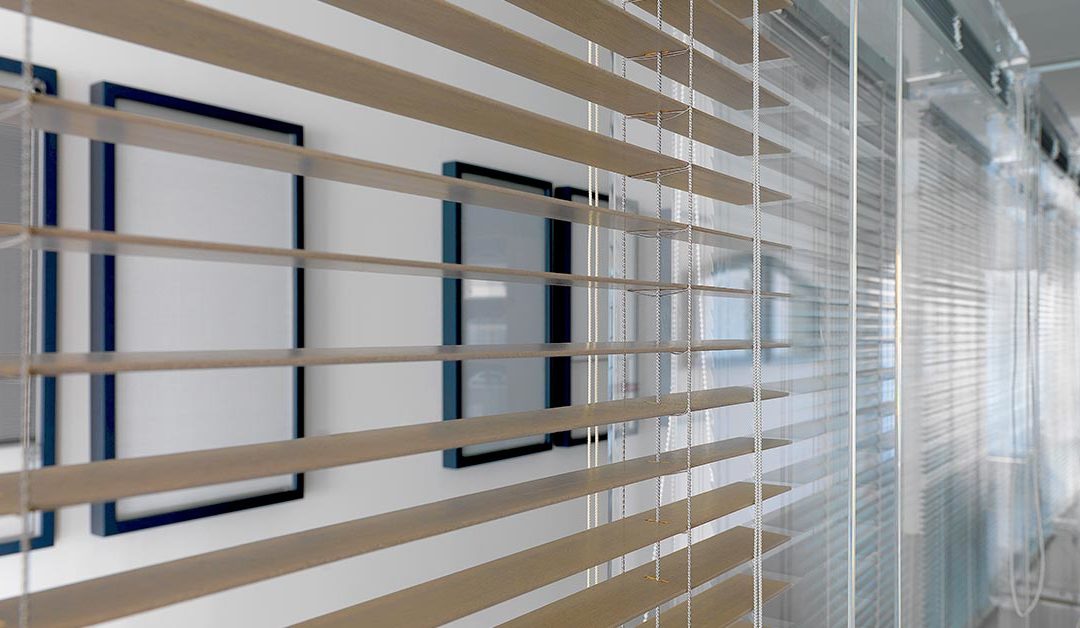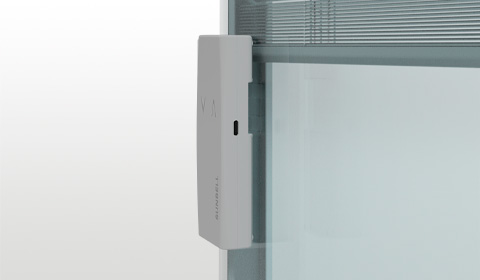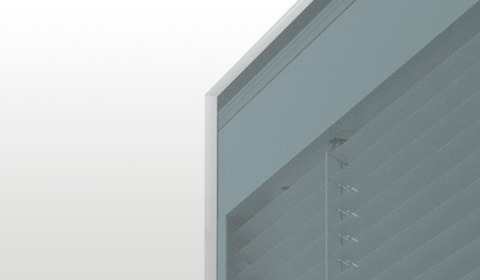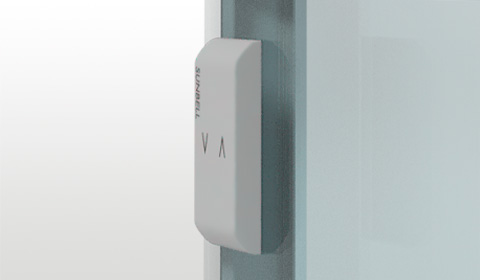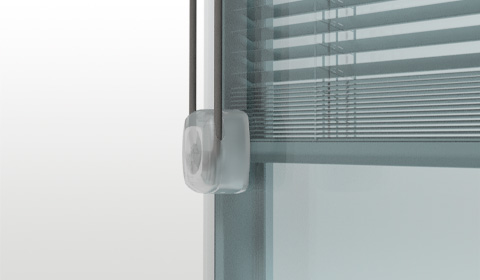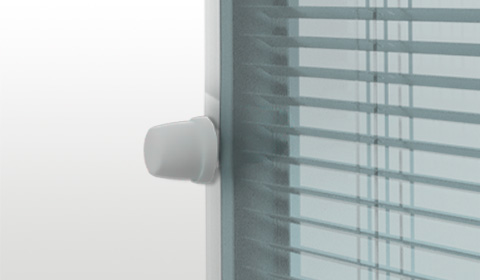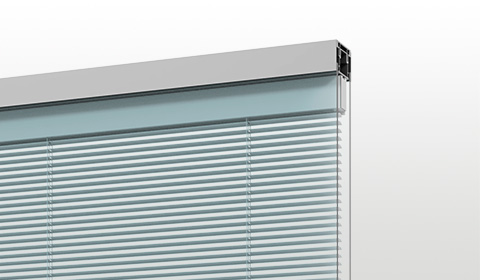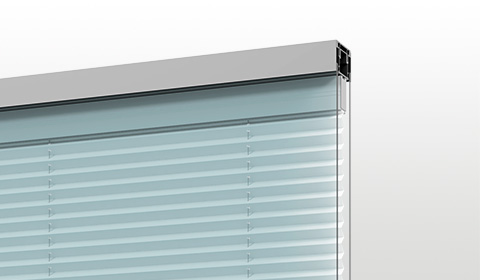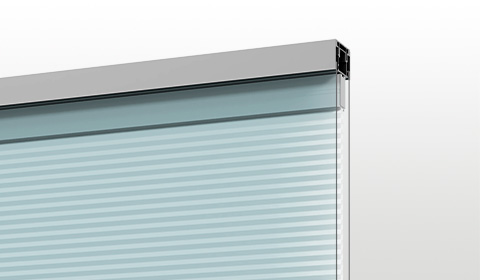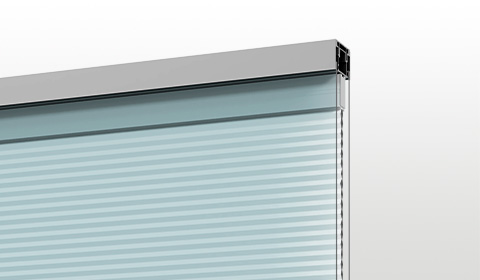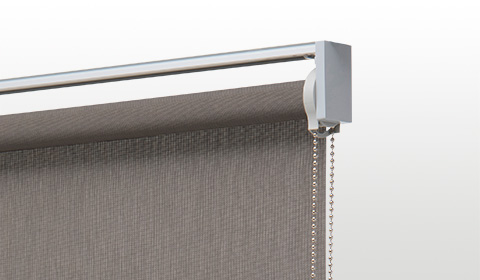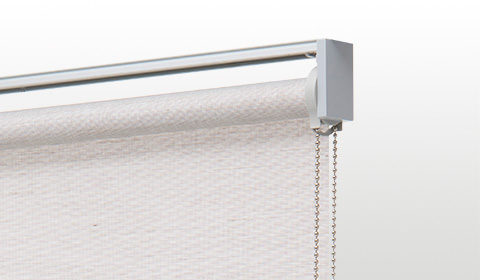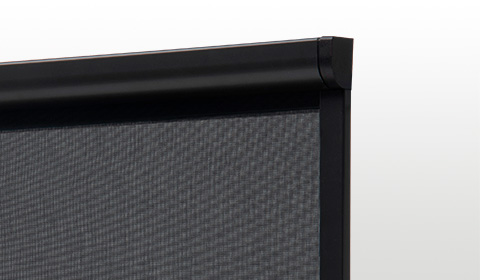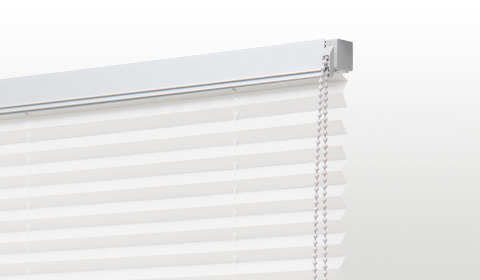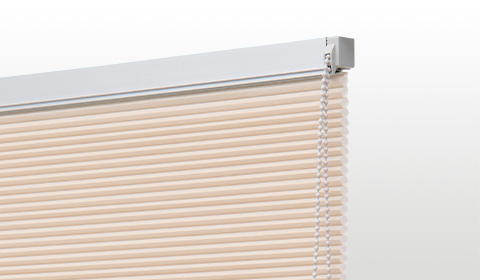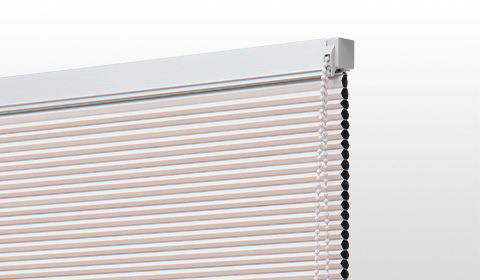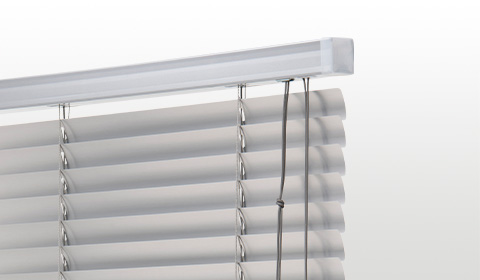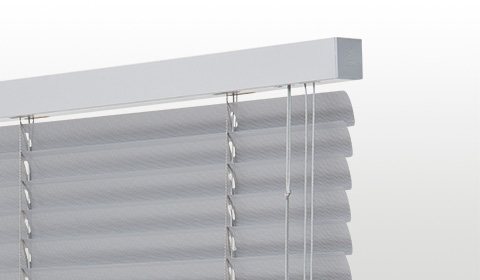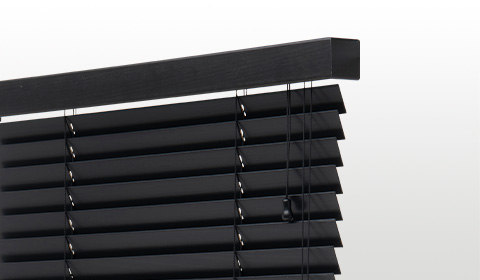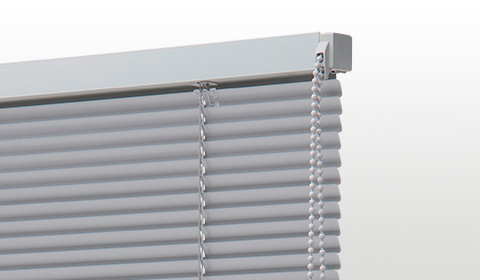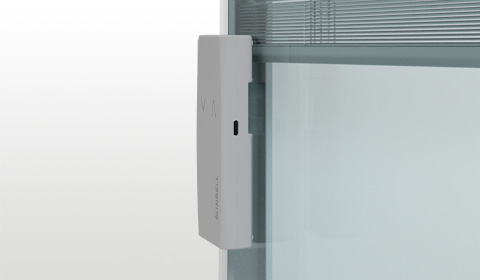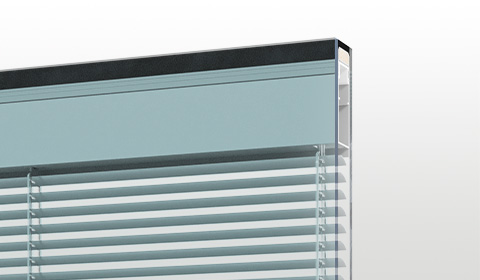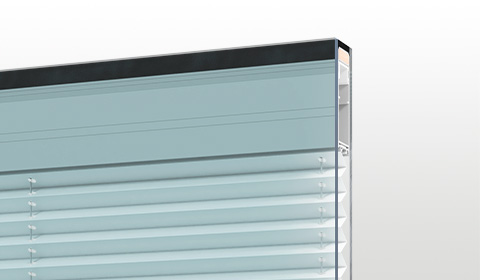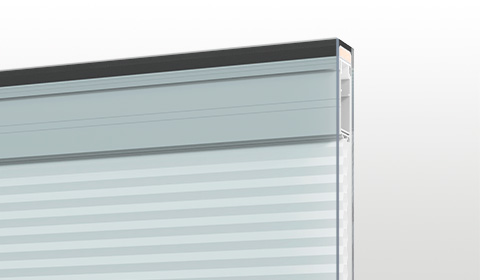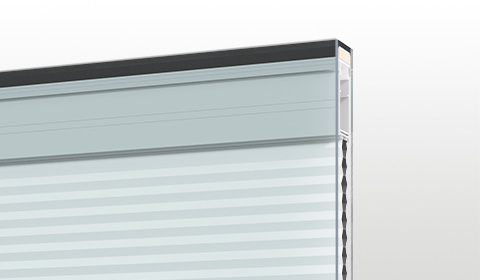The role of curtains and other window treatments is extremely important in interior design.
Interior designers often talk about these elements, reminding their clients that the right curtain in the right space can make a huge difference especially when chosen for the right reasons.
But how do you buy the right curtain for your needs? What are the things you need to keep in mind when you are about to make this purchase for your home?
However, in this article, we would like to list the eight key things to remember when you decide to buy new curtains for your home.
1. Choose the right colour
The first thing to take into consideration when you buy curtains is probably the most obvious one – the colour.
This choice is clearly connected to other things like the colour of the walls, the design of the wallpaper, the style of the furniture and the lighting in the room.
As you can imagine, trying to add new curtains to a room without considering a harmonious and cohesive approach to all these elements can create a pretty messy decor – an eyesore that will transform your room into an uncomfortable and unwelcoming place.
You should also bear in mind the dimensions of the room and the sources of light because, for example, adding dark curtains to a dark room could make it feel even smaller and more claustrophobic.
2. What fabric to choose?
The choice of fabric goes hand in hand with the choice of colour. As well as being extremely important from an aesthetic point of view, it can have an influence on other important factors such as volume and the thermal insulation of the room.
Light and heavy fabrics won’t offer the same degree of insulation, won’t hang in the same way and won’t filter the light in the same way.
The fabrics used most frequently for making curtains are velvet, silk, cotton, linen and synthetic silk. Every single one of them has different characteristics and pros and cons to evaluate carefully.
For example, velvet is a heavy fabric that excludes the light well, capable of retaining heat inside a room, but at the same time, it can attract more dust, forcing you to clean it more often than others.
3. Curtain lining and interlining
Curtains play a key part in helping to insulate your home and it’s important to mention how almost all these fabrics can be used with the addition of an internal lining made of insulating material.
This layer is also known as the interlining, a fabric inserted between the curtain and the lining which will help to keep the heat inside your home.
There are three types of interlining – the first two are made with cotton fabrics while the last one is synthetic and more economical.
- Bump;
- Domett;
- Saril.
4. How long should the curtain be?
In a previous article we explained how to measure your curtains – in it you can find an exhaustive guide on this topic.
The length of the curtain, the way in which it is attached to the support, how it falls and how it hangs, the distance from the floor, from the ceiling, from a terrace, are all important details.
Before taking a final decision on the length, you should try different options to make sure you don’t find yourself with an end result that doesn’t meet your expectations.
5. Bespoke or standard curtains?
Both online and on the high street, it’s possible to find a large number of solutions, in every possible colour, fabric, style and design.
If you decide to purchase a ready-made product from a shop, you should always bear in mind that the final result might differ from the pictures on the box, as they haven’t been tailor-made based on the dimension of your window and your needs.
Opting for a bespoke solution made especially for you, will allow you to be sure of the final result, but you will also need to consider the additional costs you will incur because of the professional expertise and craftsmanship required.
6. DIY or professional installation?
The previous point is also connected to another important question. Is it preferable to Do It Yourself: buy your curtains, install them, take all the measurements, design how it hangs, attach them to the support, etc., or is it better to ask a professional to come and do it?
If you happen to be a DIY wizard, hanging your curtains will be a walk in the park. On the other hand, if you find it difficult even to unscrew a light bulb, it might be better to get some help!
When you rely on a professional, your final bill will be higher, in the same way that bespoke curtains cost more than off-the-shelf ones. However, if you really want to execute a flawless job with your curtains, this might be your best bet.
7. To wash or dry clean?
One of the most annoying things about curtains is having to regularly take them down to clean them.
Unfortunately, no matter how spotlessly clean your house is, your curtains will attract dust and humidity and they can also be accidentally stained, and washing them can be a cumbersome as well as a ‘dangerous’ job.
Cumbersome because some fabrics can’t be washed in a washing machine so you will have to do it in ‘the old-fashioned way’ meaning in a large bathtub and on your knees.
Dangerous because some fabrics simply cannot be washed and have to be dry-cleaned.
In this case, the best thing to do is to use a reliable laundry service to make sure your curtains are not damaged.
When you buy curtains for your home, always check the label carefully as it will have important information on the type of cleaning process required in order to avoid any problems.
8. Traditional curtains or modern solutions?
If you are not keen on traditional curtains, if you live in a small house and want to avoid voluminous fabrics next to your window, or don’t like the effect that curtains have on the decor, maybe you should consider alternative solutions.
For example, you could opt for double glazing blinds which will be installed inside the double glazing of your window, and that can be operated manually or with a remote control.
Take a look at the solutions that we offer and don’t hesitate to get in touch with us if you would like to have more information.

